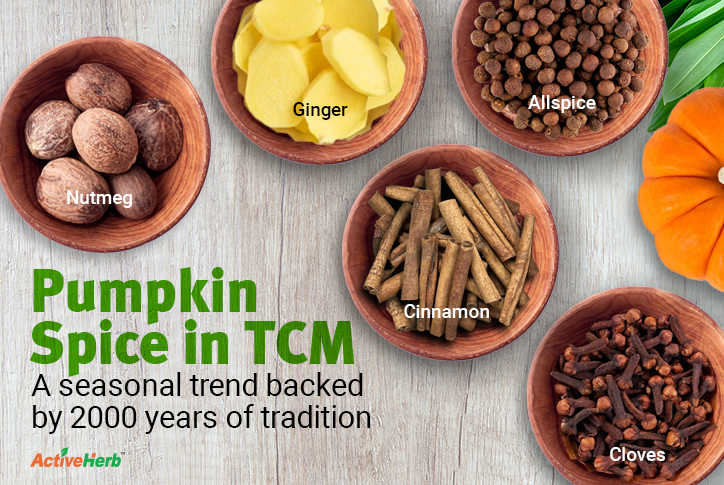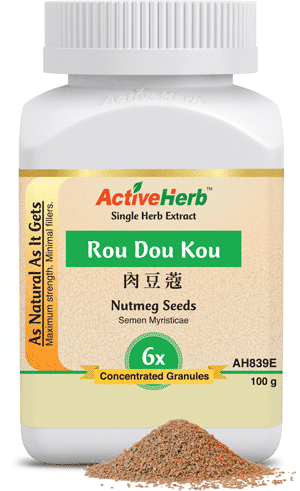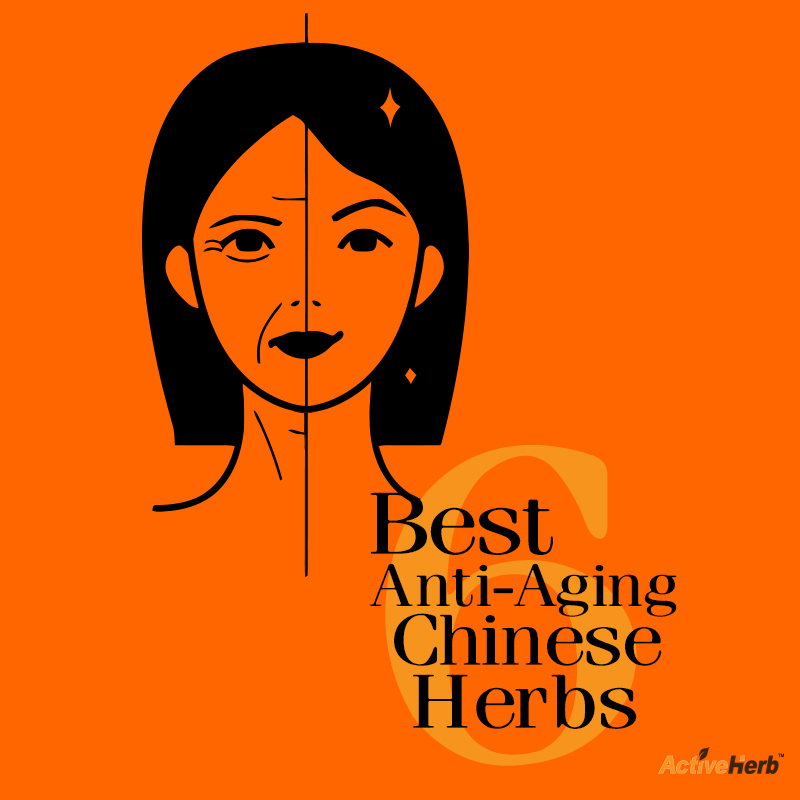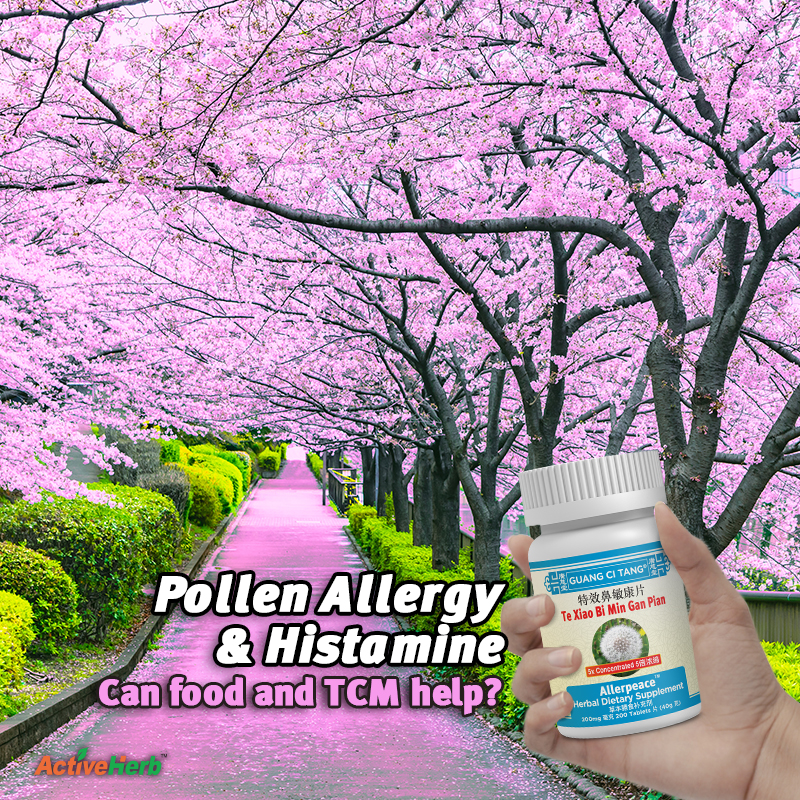Pumpkin Spice in TCM: A Seasonal Trend Backed By 2000 Years of Tradition

It was one of the most brilliant marketing ideas ever. In 2003, when Starbucks employees brainstormed on a new seasonal beverage that would rival or best the success of the previous year’s introduction of the Peppermint Mocha, nobody could foresee that within a few years, the Pumpkin Spice Latte—or PSL— would dominate not only the coffee market in autumn but also be firmly entrenched in the greater marketplace all year, tantalizing olfactory bulbs and scenting everything from candles, trash bags, body wash, tushy wipes, personal lubricants and much more.
The combination of the 5 spices in PSLs—spoiler alert: pumpkin isn’t one of them—is only 20 years old. But each spice has a track record of over 2,000 years in traditional Chinese medicine (TCM).
Let’s meet the first spice:
Cinnamon in TCM
Cinnamon: It’s not just for breakfast anymore. Sure, the sweet, spicy and earthy notes of cinnamon do wonders to mask the bland taste and gluey, sandpapery texture of oatmeal. In TCM, two different types of cinnamon are used: twigs and bark. Each has its own uses and properties. But let’s take the overhead view and find out what cinnamon does in TCM.
If you are constantly running cold even in the summer—in Miami—you’re in desperate need of a Yang Qi makeover. (Yang is associated with warming properties.) Few TCM herbs are more effective for invigorating Yang Qi than Cinnamon, especially the “extra-strength” version: Rou Gui (cinnamon bark).
Cinnamon eliminates excessive Yin Qi and stagnation in the body and directly acts on the Heart, Lung, and Bladder meridians. From a TCM perspective, this means it may help support circulation and energy. And if you do love to top your oatmeal with a gallon of maple syrup, research supports cinnamon for helping blood sugar levels. (Albeit in people who already have normal blood sugar levels. So don’t use too much syrup.)
—-> Learn more: Cinnamon Uses and Benefits in TCM.
—-> Purchase 12X Concentrated Cinnamon Twig extract granules for instant tea or a topping for oatmeal, yogurt, cereal, toast, ice cream, and more.
Nutmeg
If you’re a big fan of cardamom and are wondering why it didn’t make the final cut in PSLs, nutmeg is your consolation prize. Nutmeg, known as Rou Dou Kou in Chinese, is sort of like a first cousin to cardamom. Less pungent than cardamom, nutmeg comes from a seed kernel of the fruiting body while cardamom comes from a seed pod.
Nutmeg is a spice that’s twice as nice, not just for coffee and tea but also when your idea to eat adventurous street food overseas backfires. You see, nutmeg in TCM belongs to a class of herbs with stabilizing and binding properties. Which is what you want if you’re spending more time on the toilet in the hotel than on the tour bus.
According to the 5 tastes of TCM, nutmeg’s pungency may support circulation and the production of bodily fluids. Yes, drinking coffee, it seems, may help hydrate the body. Go figure. Influencing the Spleen, Stomach, and Large Intestine meridians, Rou Dou Kou is a superhero for your gastrointestinal system. In addition, it may help stabilize physical organs, helping them to remain in their natural position.
Keep in mind that if you’re someone prone to profuse sweating, warm, pungent herbs like cinnamon and nutmeg may cause you to sweat even more. That’s not a bad thing if you need to release the exterior.
—-> Love Nutmeg? Purchase 6X Concentrated Rou Dou Kou extract granules.
Pumpkin Spice in TCM: Ginger
Is the only time you use ginger pretty much to cleanse the palette in between bites of sushi? It’s time to diversify your ginger portfolio. Of course, you can add ginger (Sheng Jiang) to super coffee morning brew and several other Chinese cuisine recipes. (It’s arguably the most popular traditional Chinese medicinal ingredient that doubles as a culinary ingredient in American kitchens).
Ginger supports several TCM organ systems: Spleen, Stomach, Kidney, Heart, and Lung. Its actions, from a TCM perspective, include warming the middle burner (the heart of the digestive system) and dispersing cold. Also, ginger is beneficial for women during menstruation.
If your skin looks a paler shade than you’d like because you have a Yang-deficient constitution, ginger may help. In addition, ginger transforms phlegm caused by internal dampness.
—-> Elevate your coffee and cooking experience with 6X concentrated ginger extract granules.
Cloves
Let’s get one thing clear: clove cigarettes are not healthy. Smoking anything is very unhealthy. With that disclaimer out of the way, cloves (Ding Xiang) is in the class of TCM herbs that warms the interior and expels Cold. Like the other spices in Pumpkin Spice Lattes, these properties make cloves ideal for addressing Qi or Yang Deficiency when it gets chilly outside.
Another PSL spice packed with pungency, cloves support circulation, energy and bodily fluid production.
Allspice
What does a plant that goes by the name of Jamaican Pepper and more known for its role in seasoning Mexican and Central American dishes have to do with TCM?
Duo Xiang Guo, or “Allspice” comes from dried unripe berries of the Pimenta Dioica plant. In TCM, Allspice acts on the Small Intestine, Spleen, Stomach, and Large Intestine meridians. Like many other herbs and spices, allspice may help support circulation, inflammation responses (in individuals with a healthy inflammatory response), digestion and bodily comfort.
Pumpkin Spice in TCM: Drive Out “The Cold” All Year Long
When the marketing geniuses at Starbucks created the PSL latte 20 years ago, they unknowingly were tapping into the ancient wisdom of Traditional Chinese Medicine. Sure, collectively, the 5 spices in Pumpkin Spice in TCM theory may be a godsend for eliminating symptoms associated with Cold patterns. But you don’t have to wait until August when PSLs are unseasonably reintroduced for a limited time. You can make your own version at home or use the herbal extract granules or raw bulk herbs individually.
For best results, visit a licensed acupuncturist to find out which TCM formulas are best for your unique patterns and health concerns.
Can you think of any unique ways to use Pumpkin Spice in TCM? Share your thoughts below.







